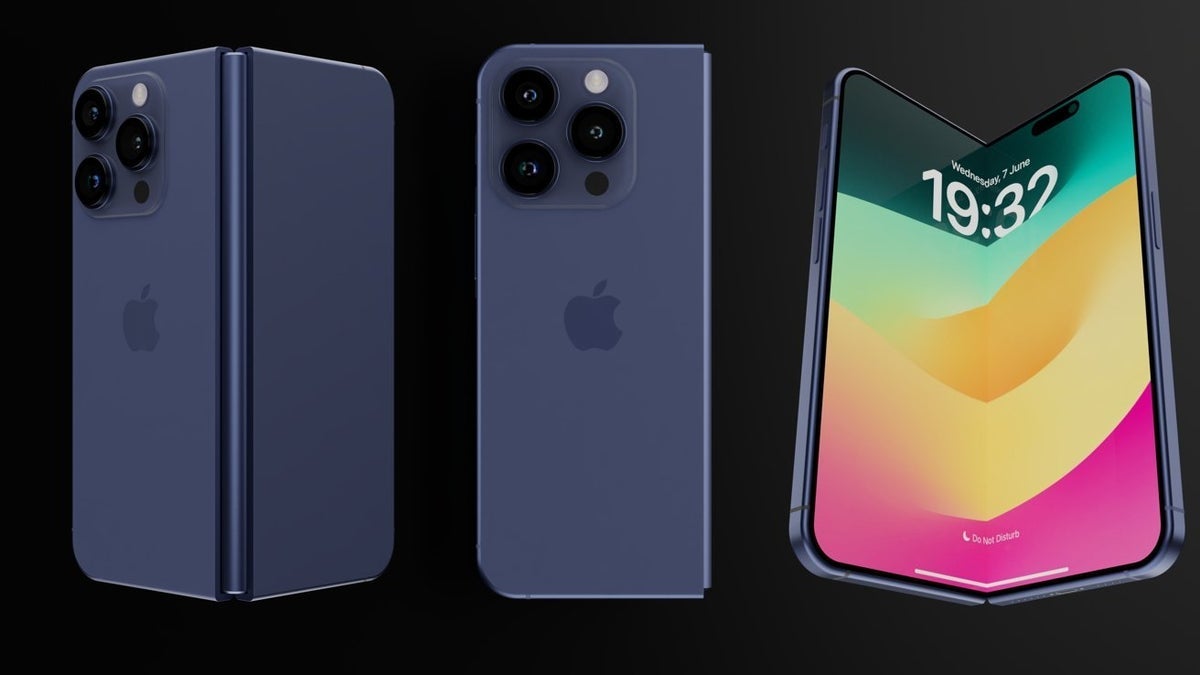
Apple's foldable iPhone may have a secret weapon for better battery life
- 19.03.2025 05:12
- phonearena.com
- Keywords: dangerous, dangerous
Apple is reportedly developing new display chips for its rumored foldable iPhone to improve battery life. The upgrade from a 28-nanometer to a 16-nanometer production process aims to reduce power consumption and enhance efficiency.